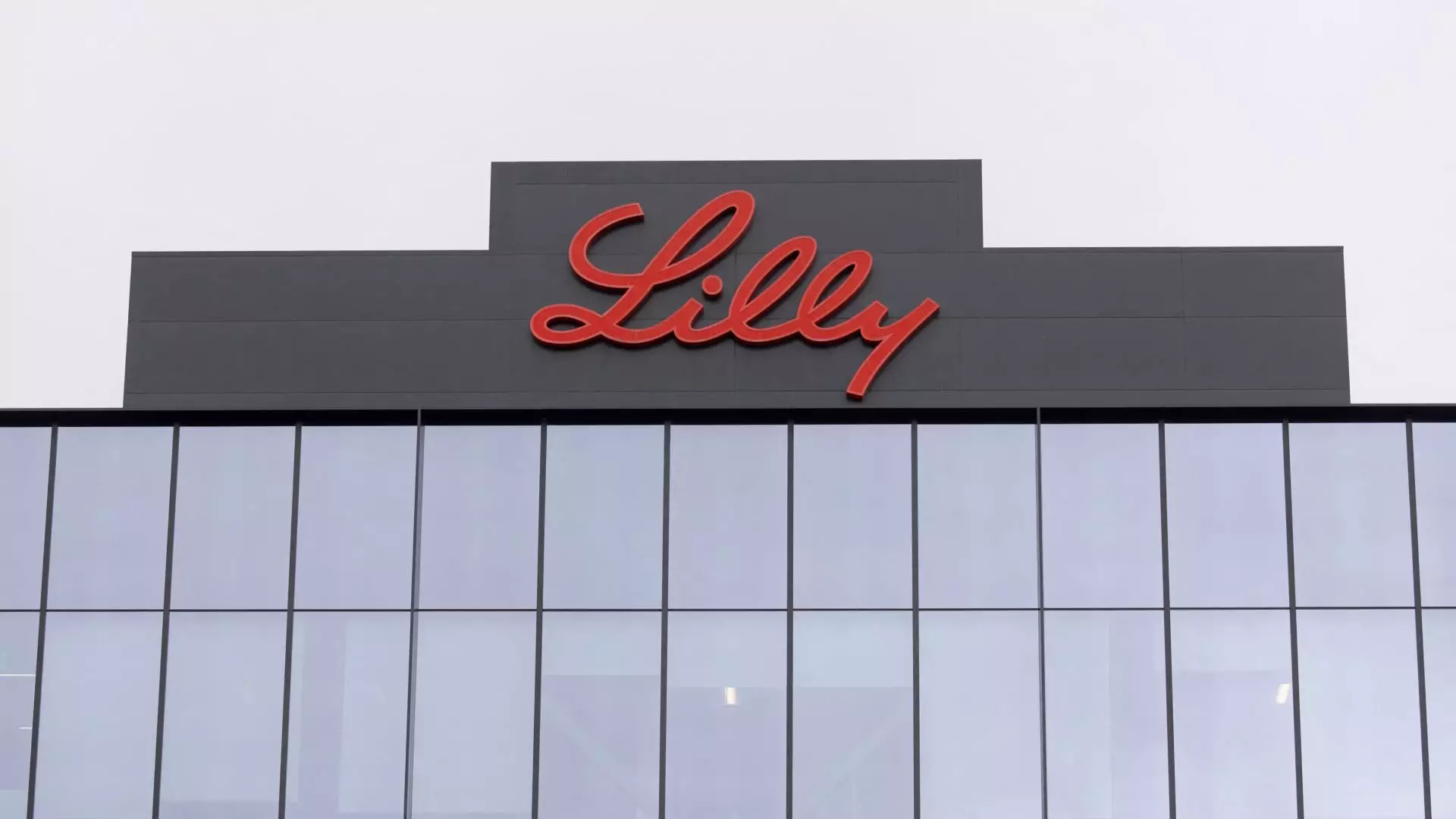In the third quarter of the fiscal year, Eli Lilly & Co. experienced a notable downturn in both profit and revenue, which has raised concerns among investors and stakeholders. The company’s earnings report revealed that failure to meet expectations was rooted in underwhelming sales from its key products, including the weight loss drug Zepbound and the diabetes treatment Mounjaro. As a result, share prices plummeted, reflecting nervousness in the market about Lilly’s future growth prospects.
The company adjusted its full-year earnings guidance to a range of $13.02 to $13.52 per share, a marked decrease from previous estimates that projected earnings of $16.10 to $16.60 per share. This lowered outlook suggests that Eli Lilly’s performance may not rebound as quickly as anticipated, compelling stakeholders to reassess the company’s financial trajectory.
Eli Lilly reported third-quarter earnings per share (EPS) of $1.18, which fell short of the $1.47 analysts had projected. Furthermore, the reported revenue of $11.44 billion was significantly below the expected $12.11 billion. This disappointing financial outcome garnered attention for the poor performance of Zepbound, despite it being only three full quarters post-approval. Zepbound generated $1.26 billion in sales, a far cry from the anticipated $1.76 billion, highlighting a disconnect between market expectations and actual performance.
Mounjaro, though having more than doubled its revenue from the previous year to $3.11 billion, also underperformed against analyst expectations of $3.77 billion. This suggests that while there is substantial demand for Eli Lilly’s incretin drugs, the company struggles to capitalize on that demand effectively.
Historically, Eli Lilly has grappled with supply chain issues that have affected the availability of Zepbound and Mounjaro. Although the Food and Drug Administration (FDA) announced that all doses of these drugs are currently available, the lingering impact of inventory shortages continues to hinder sales. CEO David Ricks noted that sales were adversely impacted by reduced inventories among wholesalers—highlighting a more complex supply chain dynamic than simply a lack of availability.
Moreover, consumer frustration over previous supply shortages has further complicated the situation, prompting Eli Lilly to delay marketing efforts for Zepbound. Ricks elaborated that the company had a responsibility to ensure that customers could readily access their medications before ramping up advertising and outreach efforts.
Included in the third-quarter report is a considerable $2.8 billion charge related to Eli Lilly’s acquisition of Morphic Holding, a bowel disease drug manufacturer. Analysts will closely examine how this acquisition may influence Lilly’s long-term strategic positioning within the pharmaceutical landscape, particularly regarding their focus on innovative treatments.
Importantly, Lilly’s announcement of a projected 50% increase in production capacity for its incretin drugs in the latter half of 2024 indicates a commitment to rectify supply challenges. Additionally, the company forecasts even greater manufacturing expansions by 2025, which could potentially stabilize supply and improve sales for these crucial products.
The immediate market reaction to Eli Lilly’s financial disclosures was harsh, with its stock declining over 12% in morning trading. In contrast, shares of Novo Nordisk, a significant competitor in the diabetes and weight-loss drug sector, also saw a decrease of over 3%. This suggests that investor sentiment is not only wary of Eli Lilly’s capabilities but also concerned about the broader implications for the market due to competitive pressures.
The growing popularity of compounding pharmacies, which offer alternative versions of branded drugs, has further complicated the situation for Eli Lilly. These pharmacies have expressed dissatisfaction with the FDA’s decision to clarify the availability of Tirzepatide, the active ingredient in both Zepbound and Mounjaro, urging reconsiderations that may prompt significant market shifts.
Eli Lilly’s recent third-quarter performance highlights critical challenges facing the pharmaceutical giant as it navigates disappointing product sales and altered profit expectations. With a changing market landscape influenced by competitive threats and evolving consumer needs, the company’s focus on improving production capacity and addressing supply chain weaknesses will be essential for regaining market confidence. Investors and industry watchers alike will be carefully monitoring the company’s next steps as it attempts to reclaim its position in a rapidly evolving healthcare environment.

